Make Great Photos
A Friendly Guide for Improving Your Photographs
Alan Hess
Ebook, Photography, Print, Print and digital bundle
Learning the basics of photography can seem like a daunting task. At first glance, there is a whole new world of terminology to digest and tons of numbers to master. It can be confusing, frustrating, and overwhelming. It’s no wonder many people set their cameras to Auto and hope for...
Read More
Read More
- Print and eBook Bundle: $34.99
- Print Book: $24.95
- eBook: $19.99
| BOOK AUTHOR | Alan Hess |
|---|---|
| PAGE COUNT | 284 pages |
| TRIM SIZE | 6 x 8in |
| COVER | Soft Cover - with flaps |
| ISBN | 9781681983912 |
| PUBLISH DATE | 11/2018 |
- TABLE OF CONTENTS
- Part 1
- Chapter 1: What Makes a Great Photo
- Chapter 2: It's All About the Light
- Chapter 3: Getting Things in Focus
- Chapter 4: Composition
- Part 2
- Chapter 5: Travel Photography
- Chapter 6: Sports and Action Photography
- Chapter 7: Event Photography
- Chapter 8: Photographing People
- Chapter 9: Sharing Your Images
- Appendix: Terminology Cheat Sheet
2 reviews for Make Great Photos
You must be logged in to post a review.




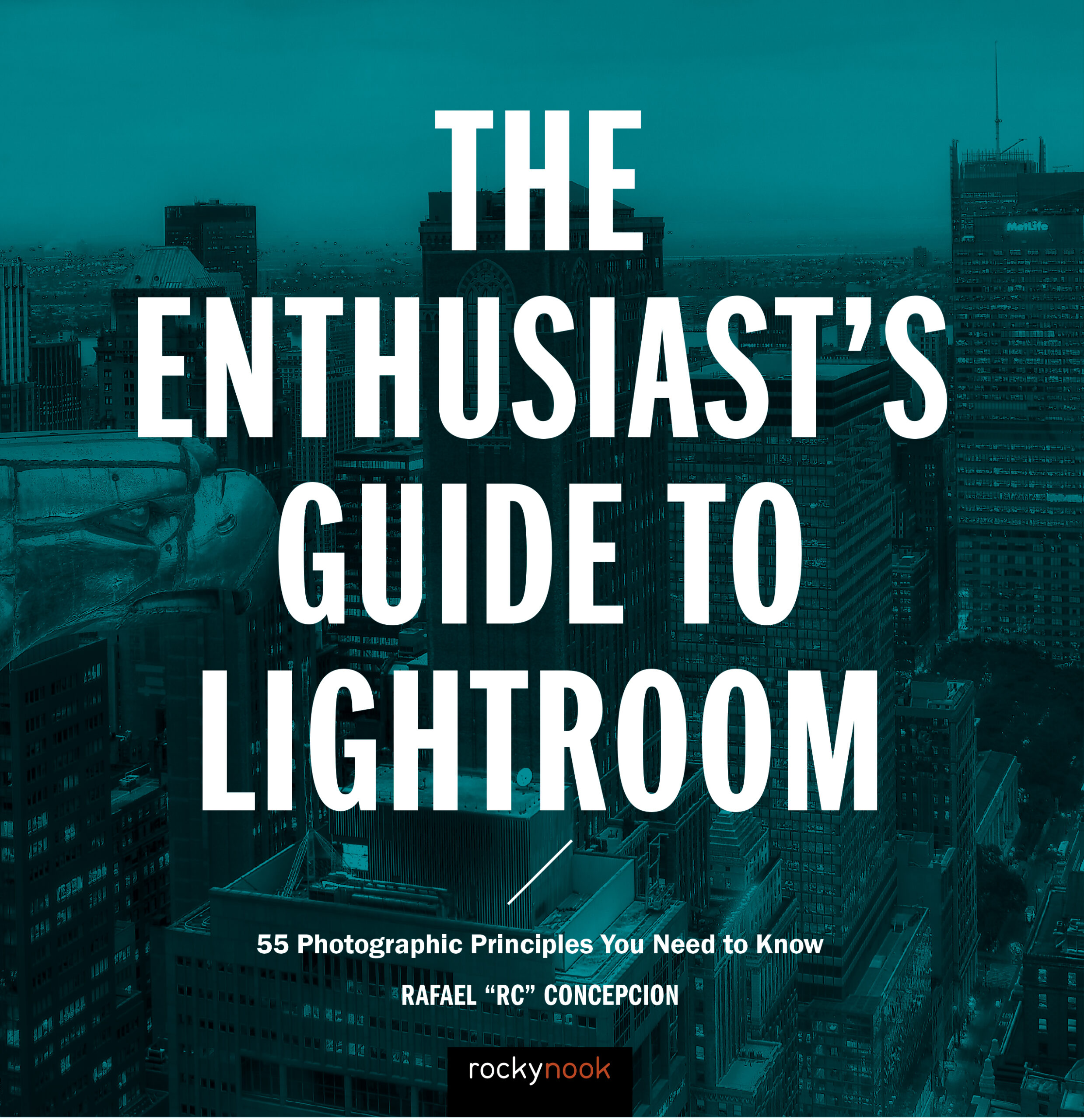
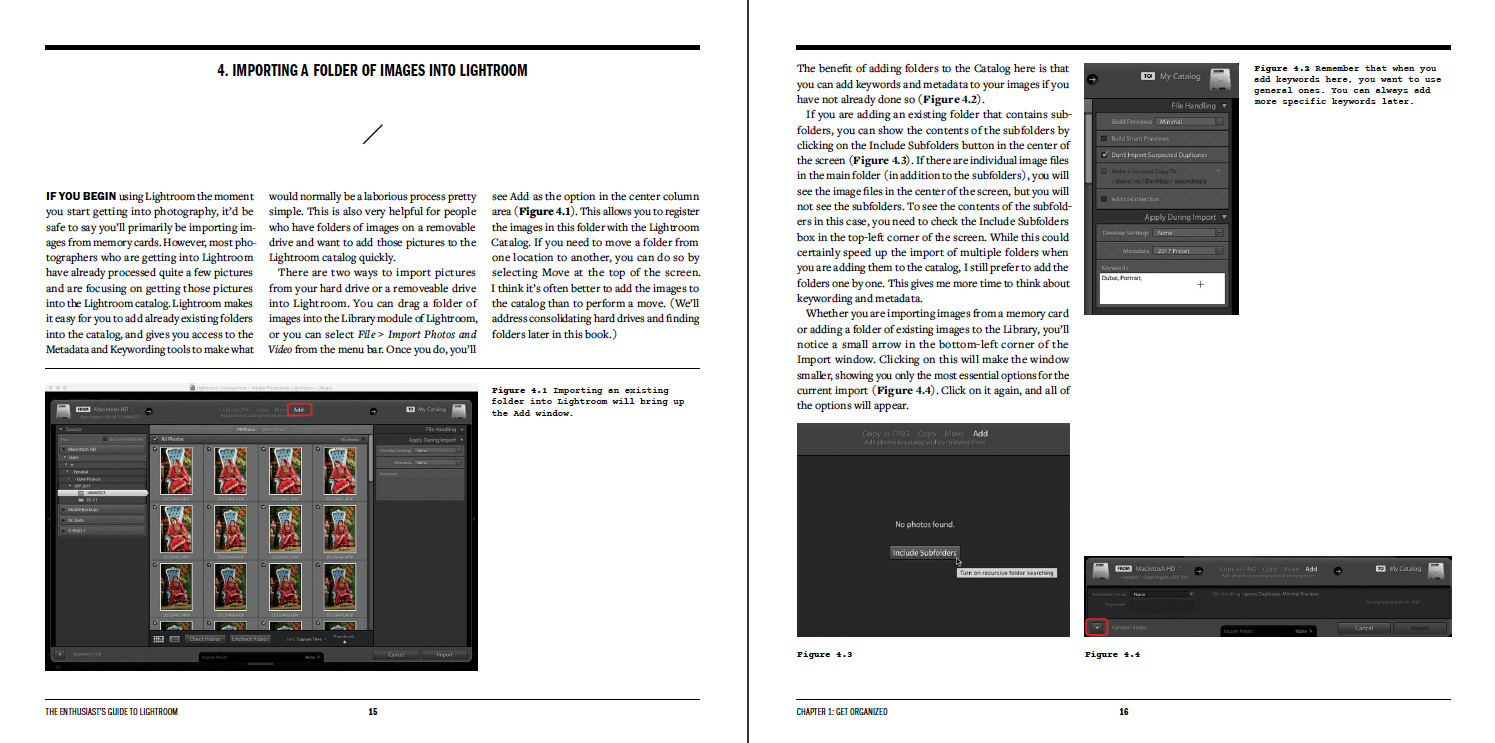
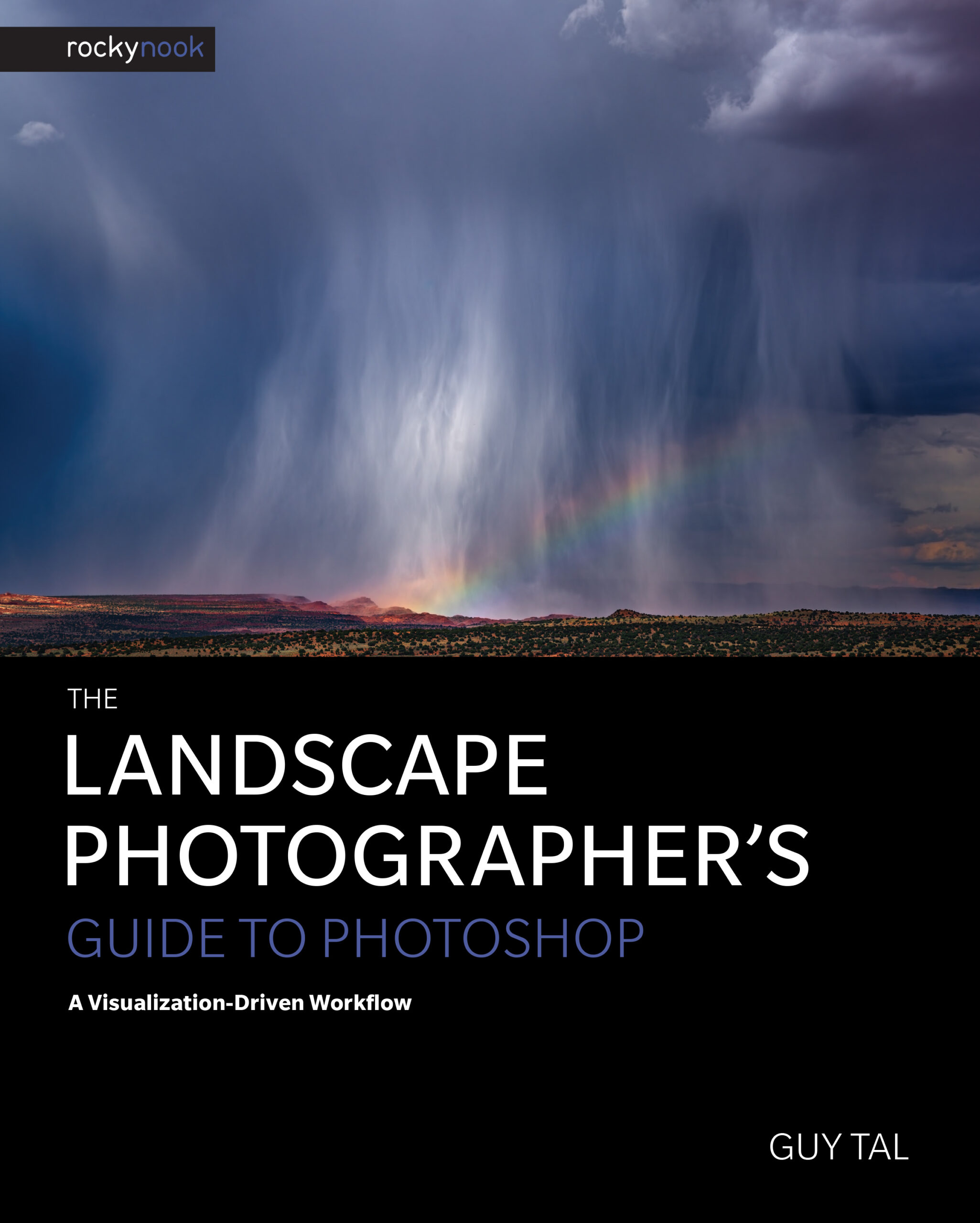
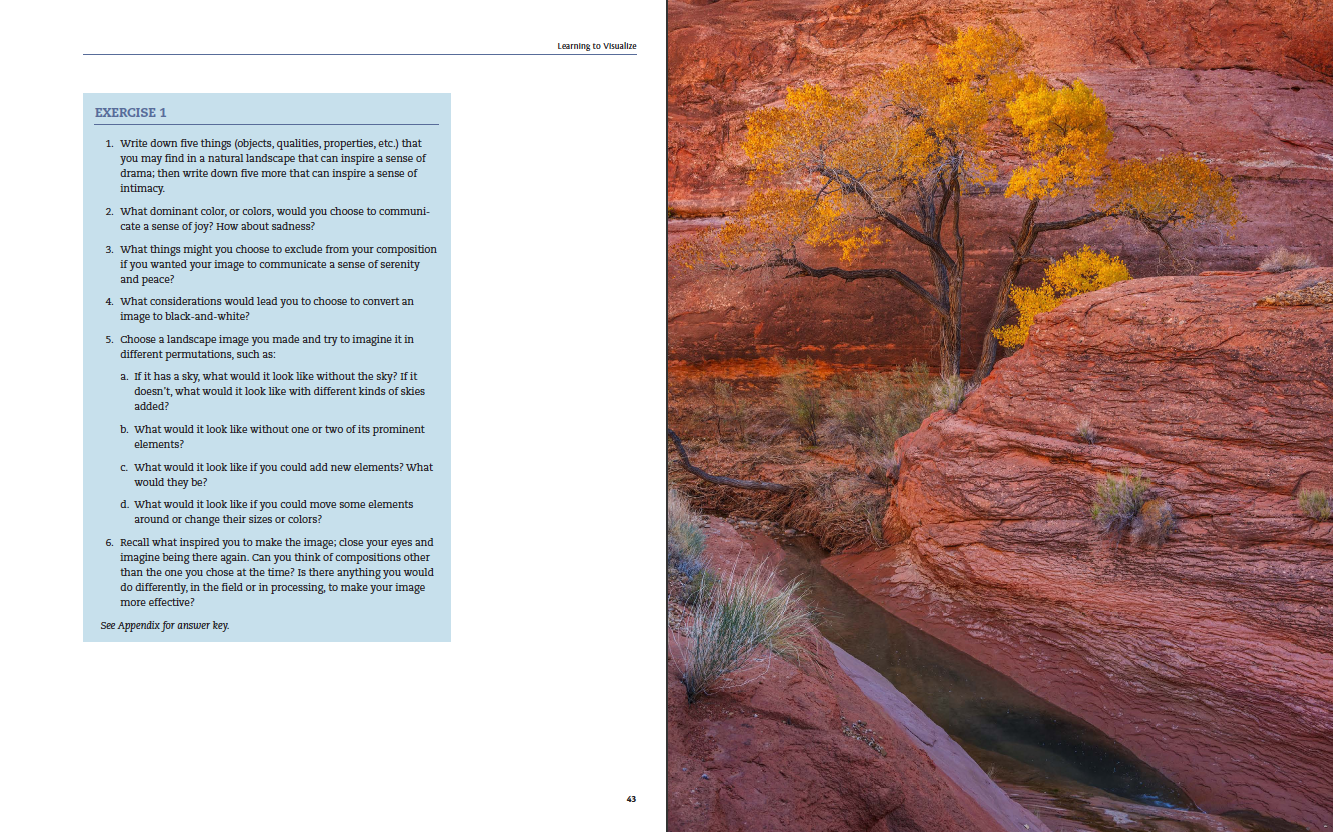
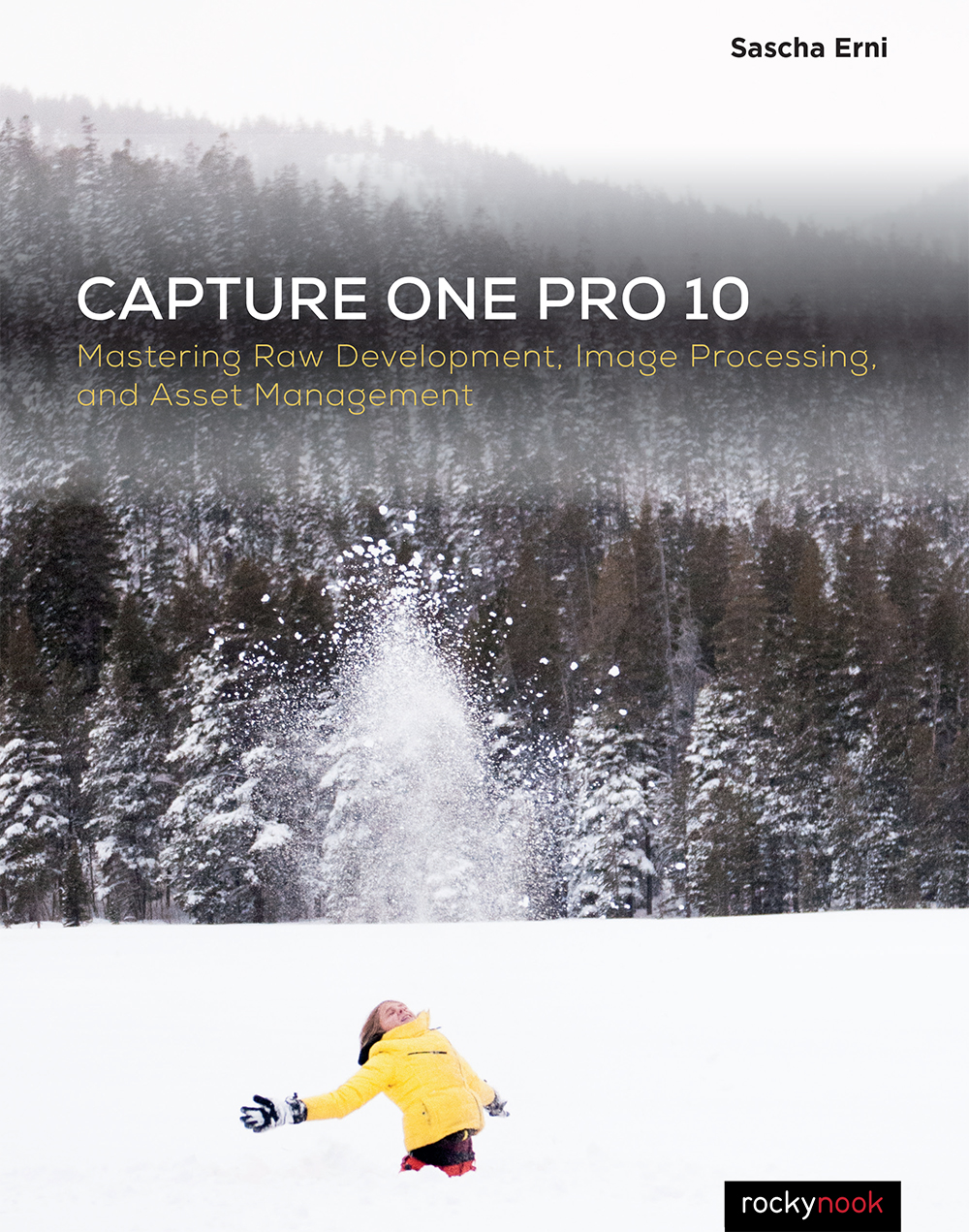
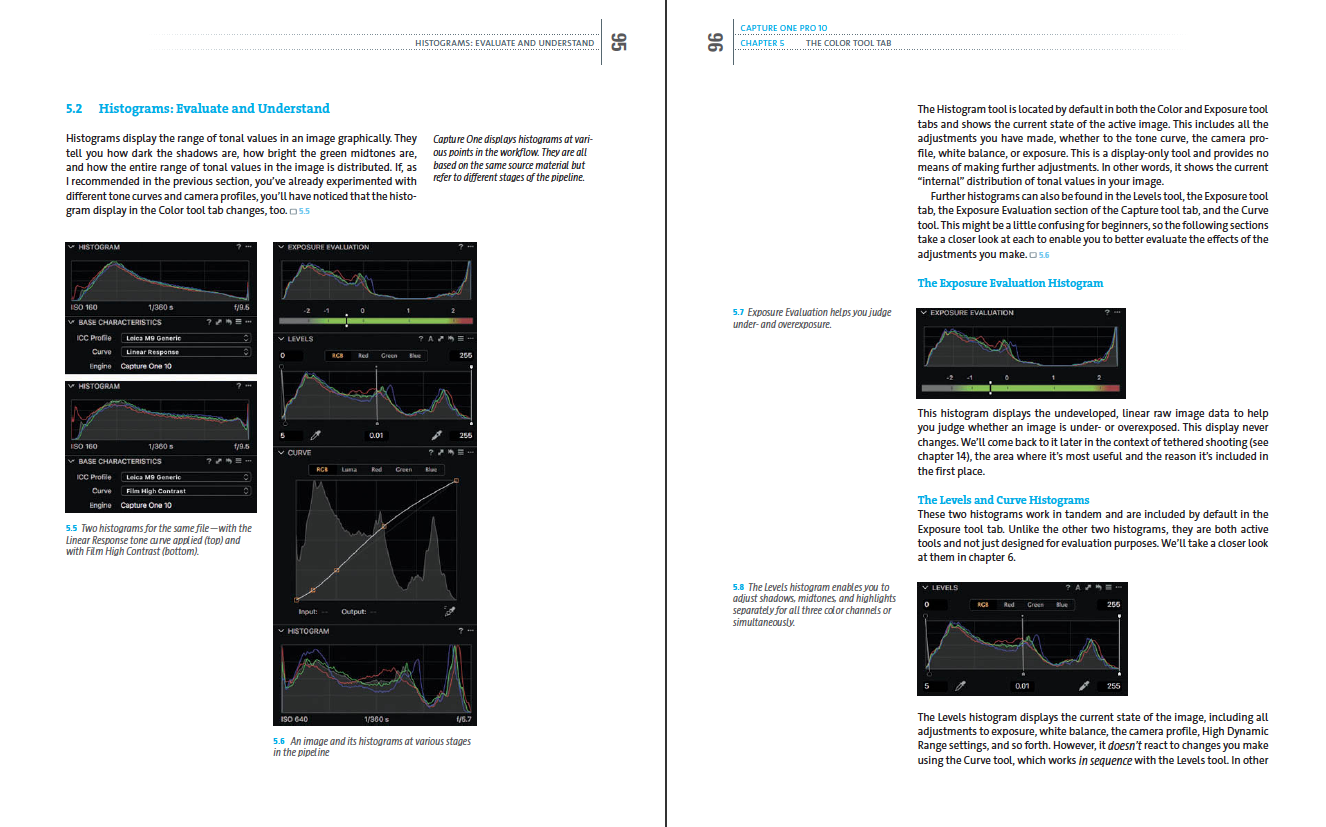

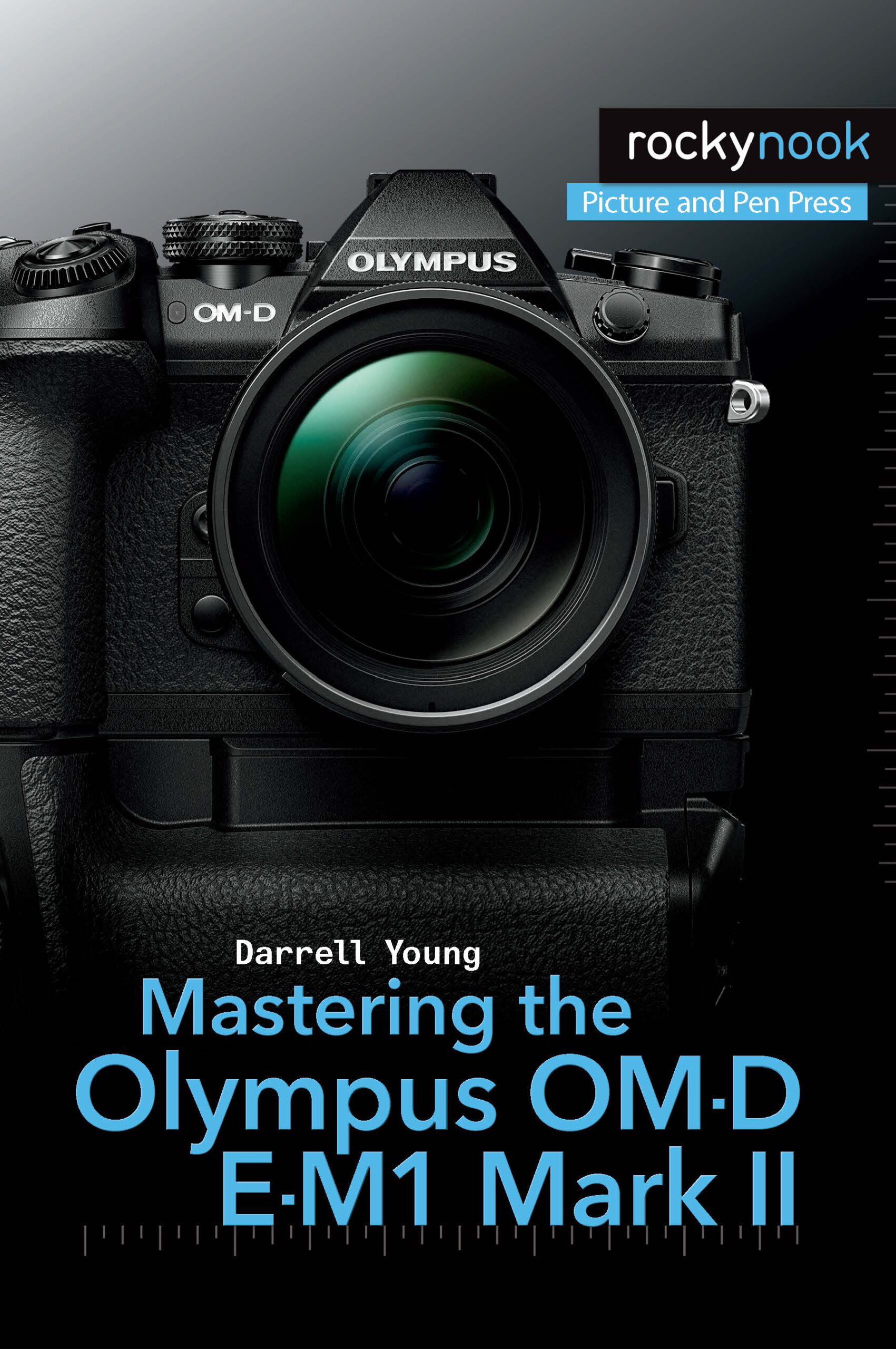
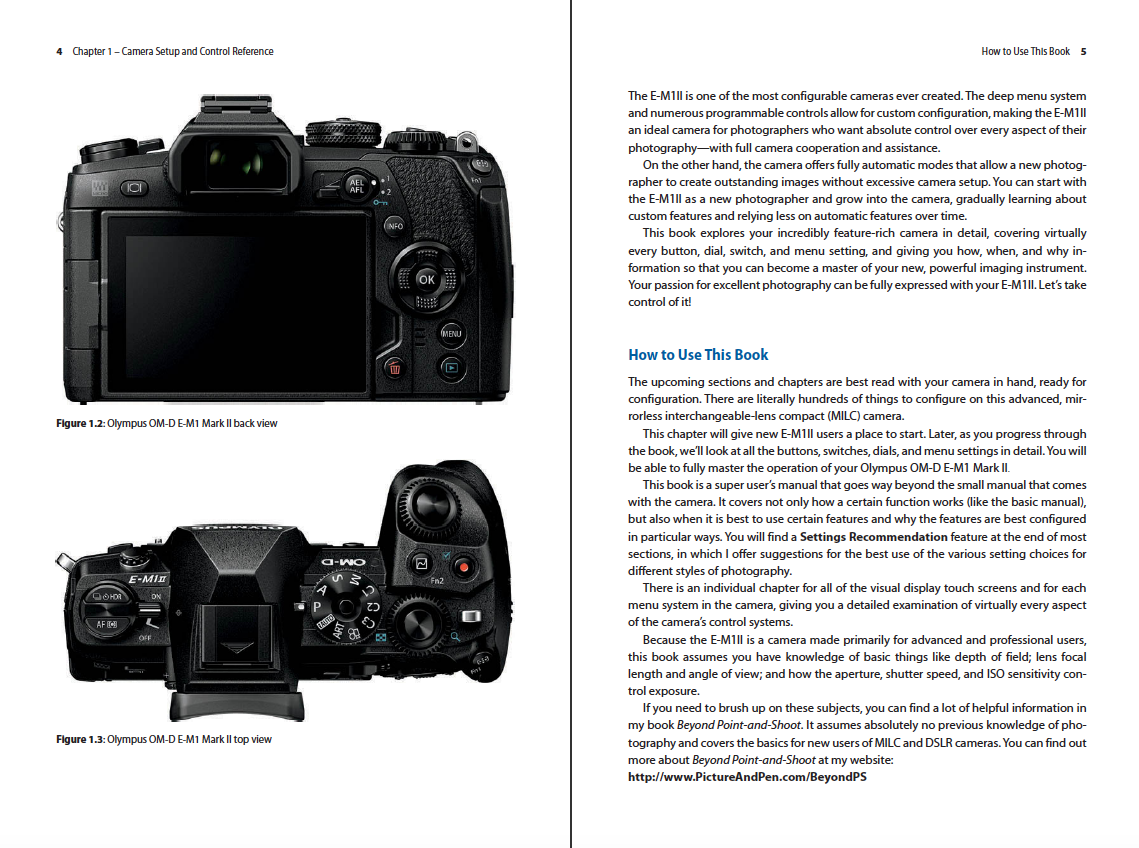
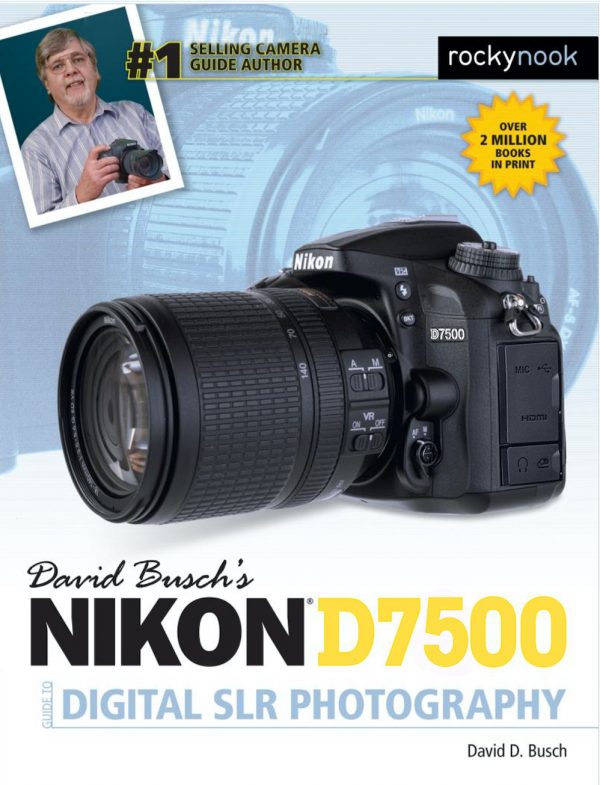
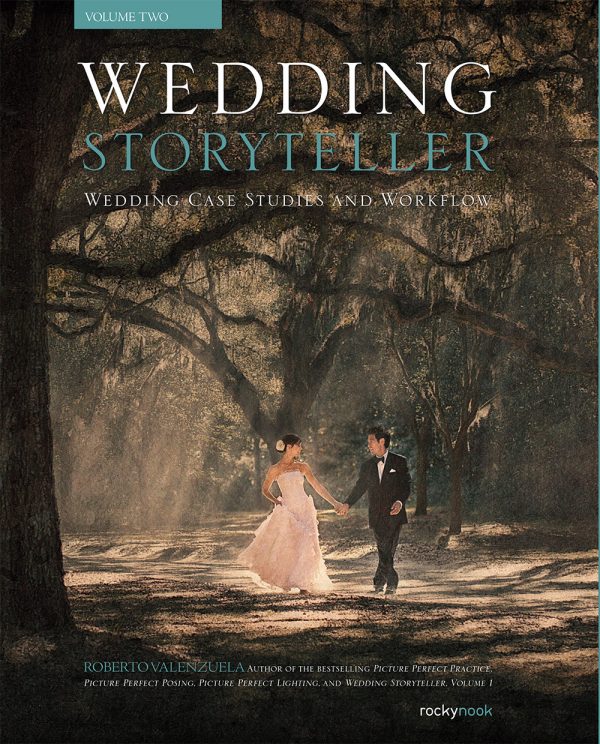
Gloria
I’ve read Alan Hess books before and have loved them. His writing is accessible AND interesting, and useful to us photogs. Besides, he calls this a “friendly guide”-how could we not love it? The book covers the gamut from how accomplish good exposure, getting everything in focus, event photography, sharing your photos with others, and more. Looks like a good book for beginners and a good book as well for people wanting to brush up their skills. I’ve been an amateur photographer for years and I am finding much useful throughout the book.
I usually read a book from beginning to end to but in this book went first to the last chapter because he talks about how to make on your smart phone take better images-not something I usually see in guides on photography. I am happy that he included this section and will pull up my Snapseed app immediately to follow some of his editing tips. I did not realize, for example, that the app allows us to alter the white balance on our photos with an eyedropper tool. And loved his tip on sharing images: share only your best ones. This is something I’m learning as I gain experience and I think it’s wonderful that he puts it out there.
Early in the book Hess does a good job of explaining the various focus modes and auto focus point area modes —I never get enough of this stuff. I seem to need to read it repeatedly 🙂 So thank you, Alan! He is right to tell us to skip the hybrid still/continuous focus mode. I, too, have found that it’s not very effective. He also advises using back-button focus which I swear by for all my photography now.
His later chapter on travel photography has, for me, a great start: he says that the best travel pics evoke the emotions you felt when you were traveling. He tells us to look for meaningful shots. Resonates with me more than looking for clever shots or shots of famous landmarks. For us amateurs, who are not necessarily looking to sell our travel photos, his advice is paramount and perfect. One of his last chapters covers event photography and one of his first points is that you should know the rules of the venue: for example, you may have to take photographs on a weekday if a church or synagogue forbids photography on the day of the event itself. Good to know! It’s insightful, practical tips like this that make this book just a little different than others. He also advises us to work fast because no one is at an event just to if you take their photos 🙂 Hess makes the reading of his books enjoyable.
Finally, in his chapter on portrait photography he talks about how to choose which metering mode: take pics in each mode before the shoot and see which one you like best. Why did I never think of that? He also discusses diffusers and reflectors and tells us he doesn’t use gold reflectors often-I appreciate his giving his personal opinion especially because I was just anticipating using reflectors for a family shoot. I think it’s brilliant that in the portrait section at the end he uses several case studies to show you what he did and why he did it. Not just a demonstrative photo, but a case study for each portrait.
An altogether quite useful book that’s a pleasure to read which is no surprise with this author. It’s one I will keep around for reference.
Mark (verified owner)
A great book for all photographers. the writing is clear and concise. Technical concepts are well-communicated while theory and emotional content is equally addressed. I found this a great book to leave lying around as a casual browse when I want to tune up on a subject or just be inspired.